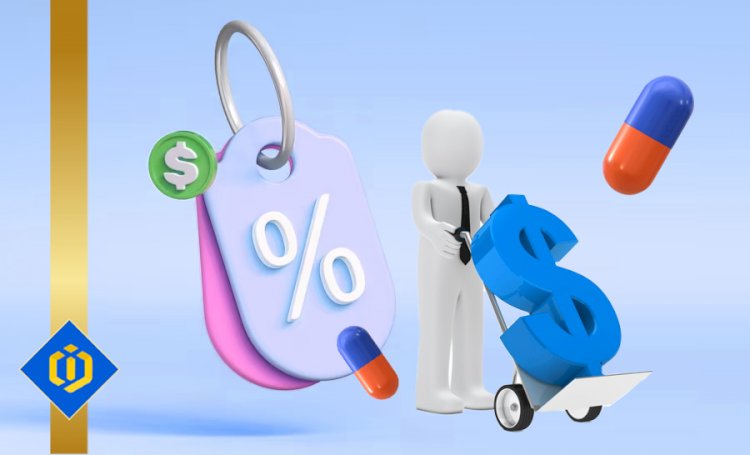Examining Policy Effects on Pharmaceutical Pricing: Insights into the Dynamic Industry Landscape

Introduction to Pharmaceutical Pricing
Pharmaceutical pricing is a multifaceted and intricate subject that intertwines economic theories, market structures, and policy frameworks. This intricacy serves as the foundation for the strategic decision-making processes of pharmaceutical companies.
The Economic Theory Underlying Drug Pricing
Pharmaceutical pricing goes beyond simple cost-plus formulas and is influenced by a diverse range of factors.
Cost Recovery: The high costs associated with research and development (including both successful and failed drug developments) need to be recuperated, which influences the initial pricing of new drugs.
Value-Based Pricing: In addition to cost recovery, pricing is increasingly linked to the value that a drug provides in terms of patient outcomes and potential savings within the healthcare system.
Monopoly Pricing and Its Implications
Patents play a pivotal role in the pharmaceutical industry, allowing companies to recoup their investments and foster innovation.
Patent Protection: The temporary monopoly granted by patents provides market exclusivity, which is justified as a necessary incentive for promoting innovation.
Strategic Pricing During the Patent Period: Pharmaceutical companies wield significant pricing power during this period, but they must exercise it within the context of regulatory scrutiny and public acceptance.
The Role of Generic Drugs in Achieving Market Equilibrium
The expiration of patents marks a new phase in the life cycle of a drug.
The Rise of Generics: The entry of generic drugs into the market exemplifies the forces of supply and demand, increasing competition and offering lower-priced alternatives.
Post-Exclusivity Market Correction: The sharp reduction in prices following the entry of generic drugs is a direct consequence of intensified competition, serving as a critical mechanism for enhancing drug affordability.
Regulatory Factors Influencing Drug Prices
Governmental policies and regulatory decisions play a significant role in shaping the pharmaceutical pricing landscape.
Negotiation and Reimbursement Schemes: In many countries, drug prices are subject to negotiation between pharmaceutical companies and national health systems, influencing pricing outcomes.
International Price Referencing: Some countries adopt the prices set in various reference countries to determine an acceptable price range for a new drug, indirectly linking national markets.
Conclusion
The dynamics of pharmaceutical pricing involve striking a balance between rewarding innovation and ensuring accessibility. As drug prices continue to be a globally debated issue, understanding the underlying economics is crucial for stakeholders across the healthcare spectrum. By comprehending the complex interplay of economic factors and regulatory influences, meaningful discussions and actions can be undertaken to address the challenges and achieve a more sustainable and equitable pharmaceutical pricing landscape.
Author: Pooyan Ghamari, Swiss Economist & Visionary

 content-team
content-team 




















